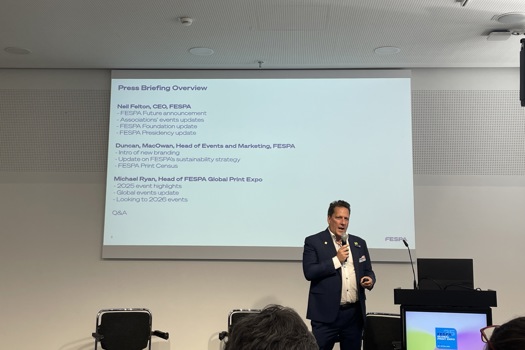The Direct Marketing Association’s (DMA) Annual Inserts Industry Report 2018 found that newspaper insert volumes fell by 42% year-on-year, or by 673 million units, in 2017 while magazine and third-party inserts remained more stable, falling by 8.7% or 137 million and 8.3% or 109 million units respectively.
Overall insert volumes totalled 3.6 billion in 2017, down by around 20% on the 4.5 billion figure recorded in 2016. Newspaper inserts accounted for 938 million of the 2017 figure (2016: 1.6 billion), magazines accounted for 1.45 billion (2016: 1.59 billion) and third-party inserts accounted for 1.22 billion (2016: 1.33 billion).
Newspaper insert volumes have now fallen below magazine and third-party inserts for the first time since the DMA began publishing research into the inserts industry in 2011, the organisation said.
DMA head of insight Tim Bond told PrintWeek: “Most of the decline we’ve seen this year in overall inserts volumes has been from newspaper inserts. In an increasingly digital world, an ongoing challenge for news media organisations is retaining print circulation volumes and it is unlikely that we will see a reversal in this trend any time soon.
“However, the good news is that magazines and third-party inserts have steadied this year and the same could well happen for newspapers, as the respective circulations firm up and advertisers are able to be increasingly targeted with their efforts.”
The overall volume of the inserts industry has declined by 45% since 2014, although the third-party channel has increased over the same period by 9.8%.
This channel offers various advantages over its rivals in the media mix, the DMA said. Delivered along with ‘host’ carrier brands, third-party inserts arrive when the consumer is in a positive mindset, just as they receive their purchased items.
“Third-party inserts cover a whole range of possibilities beyond newspapers and magazines. These could include catalogues, statement mailings, product dispatches, brand literature, point-of-sale material or other space where an insert could be included,” said Bond.
“This variety of different opportunities is precisely why the media is holding up well – with marketers wanting to be more targeted in their communications efforts, third-party programmes allow them to seek out brands or opportunities that have a synergy with the audiences they want to speak to.”
The DMA said the overall decline in volumes can be partly attributed to better segmentation and delivery of campaigns, as advertisers are able to target consumers more efficiently and with better results, reducing the need for large-scale, scattergun approaches.
But the organisation added inserts continue to offer a viable alternative to direct mail by giving advertisers an opportunity to reach an audience without handling their personal data.
“And like many physical media channels, inserts offer an element of tactility that simply cannot be overlooked,” said Bond.
“Marketers understand this and the ability to be in your customer’s hand is something many in our industry still value greatly. We’ll have to wait and see what impact GDPR will have on the marketing channel, but as an alternative to addressed mail it certainly is one that marketers should consider.”










